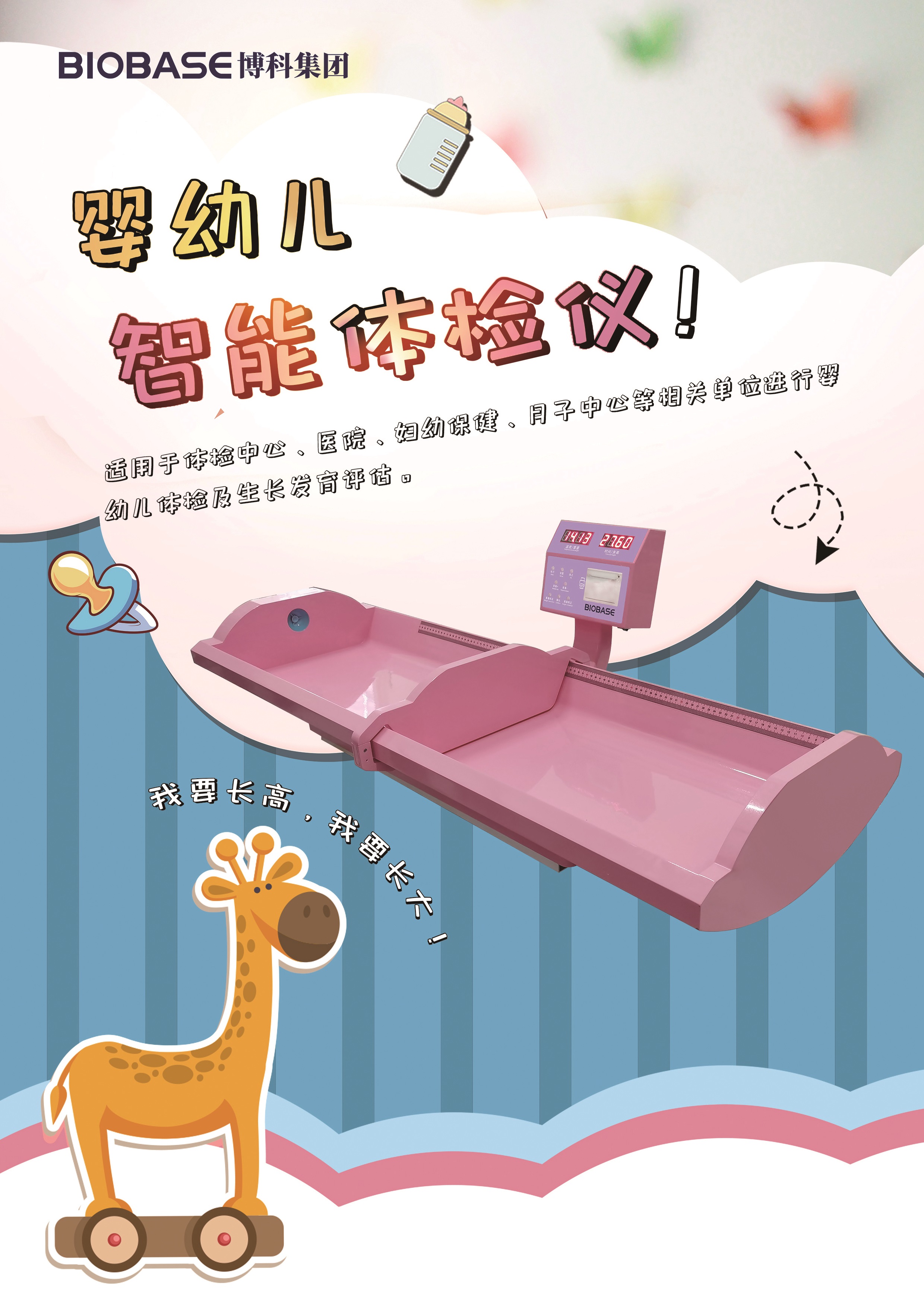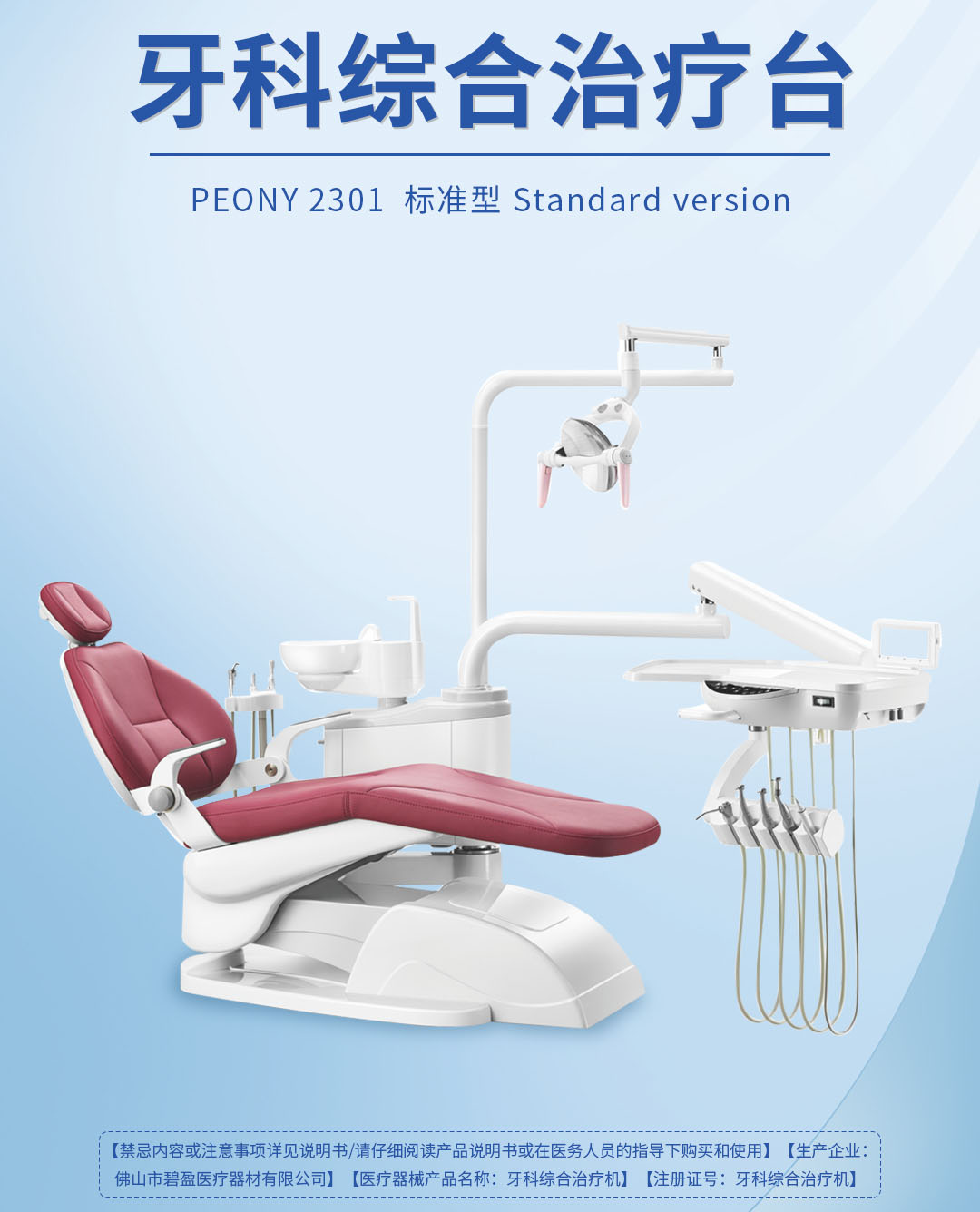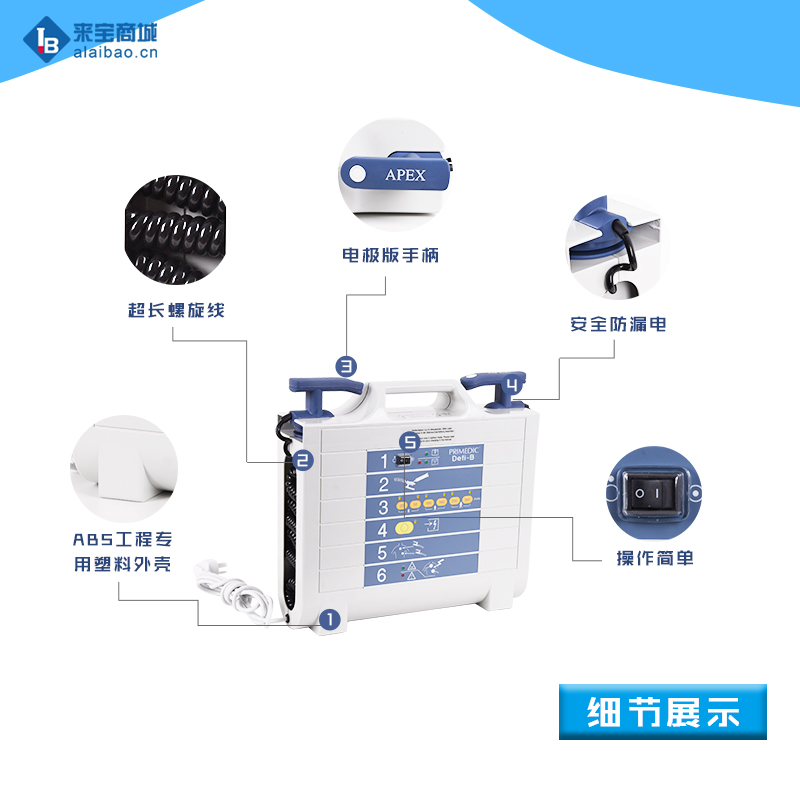Protocol for Cell Fusion
- 来宝网2007年7月17日 13:19 点击:1988
Protocol for Cell Fusion
Click here for cell fusion recipies
- Healthy Sp2/0 cells should be rapidly growing by this time. Sp 2/0 cells should be started about two weeks before the cell fusion. Every two days, they should be centrifuged at a 64.4 xg on the IEC clinical centrifuge (in 50 ml tubes) for two minutes. The media should be removed and the cells resuspended in fresh media. This ensures that only the healthiest cells will fall to the bottom of the tube. Centrifugation at higher speeds or for longer time periods should be avoided at this step, because that causes weak or old Sp2/0 cells to precipitate also, and is contra-indicative of what you want to accomplish.
- Begin the cell fusion by centrifuging two 50 ml or eight 10 ml flasks of Sp2/0 cells that have been transferred to fresh media one to two days previously, at a setting of not more than 3 for not more than 3 min in an IEC clinical centrifuge. Decant the media. You need a ratio of 1:5 healthy, rapidly growing Sp2/0 to spleen cells. This number of flasks will provide about the correct number.
- Remove two spleens from the mice selected above, and place them in washing media. Tease apart the spleens. Don’t be afraid to take two pair of tweezers, or tweezers and syringe tip and shred the spleens. Then remove cells by perfusing media through the spleens and also by disrupting portions of the spleen with the tweezers. Then remove the remaining large chunks of spleens with tweezers, and place the cells in a 50 ml tube. Centrifuge at a setting of 3 in IEC clinical centrifuge for 3 minutes.
- Using warm (37oC) washing media, transfer all the cells to one 50 ml tube, bring the final volume to about 25 to 30 mls, mix by vortexing (THIS IS THE LAST TIME YOU WILL VORTEX ANYTHING in this procedure ) , and centrifuge at a setting of 5 for 3 minutes. The objective here is to pack the cells tightly so that their cell membranes are touching. You also need a large surface area, and to prevent layering of the large Sp2/0 cells on the bottom and spleen cells on top. The best tubes to use are the widest, flattest bottomed ones (our 50 ml conical tubes work fine). The worst tubes are the narrow, very conical bottomed tubes (our 15 ml culture tubes). If it is necessary to use 15 ml tubes, use round bottom ones only!
- Add one ml of warm (37o) 50 % PEG (m. wt. 1500) (source and type) over one minute, gently swirling the tube at 37oC. If you add the PEG with a 1 ml pipette and gently stir the cells, you will probably obtain many more hybridomas. After the PEG is added, cap the tube, gently swirl a couple more times, then centrifuge at a setting of 5 for 3 minutes (minimum). This is the critical step. Cells must be compacted and stuck together for cell fusion to occur. This step will also ensure that the PEG comes to the surface while the cells are compacted at the bottom of the tube. Then remove as much PEG as possible with a pipette. (CAUTION: PEG is toxic to cells, and should be removed promptly. This is not the step to “take a break.”)
- Add 8 to 10 mls of warm (37oC) washing media over a period of 2.5 to 3 minutes, again gently swirling the tube. Do not disturb the cell pellet. Add the media as gentle drops. Remember that the cells are very fragile. After addition of the media, cap the tube, gently swirl it another time or two, then centrifuge at a setting of 5 for 3 minutes. Remove the media. This step can be repeated once more, to ensure that all the PEG is removed, but this appears to be an optional step.
- Finally, using a large tipped pipette, such as a 5 ml disposable pipette, and warm complete media (containing HT media, for the very best results) transfer the cell pellet to a 50 ml flask. Do not disrupt the cell pellet or use a syringe!. Hybridomas will grow out of the clumps of stuck-together cells. Allow the cells to grow in a 50 ml flask in the presence of CO2, HT media, and the unfused cells, for 4 to 24 hours. It seems that the cells are too fragile to handle immediately after fusion, but large numbers of hybridomas have been obtained when cells were plated on the same day as the cell fusion. Cold Spring Harbor (1989) does not include the overnight incubation prior to plating.
- Add HAT media to the 50 ml of media in the flask (50x HAT is used at a ratio of 1 ml/100 ml of media; 500x HAT is used at a ratio of .1 ml/100 ml of media). Plate the 50 mls into the center 60 wells of 5 96 well plates WITH A WIDE TIPPED PIPETTE (300 wells) - DO NOT use a syringe and needle! Cells should cover the bottoms of the wells. This is important to maintain the CO2 level at a high enough level, and possibly the hybridomas obtain growth hormones from the unfused spleen cells. The complete media supplemented with fetal bovine serum should support the growth of 50 cells/well, but ours does not appear to do this. The first thing one would consider, is that the fetal bovine serum content is too low, but our media supports the growth of Sp2/0 and established hybridoma cells very well. The problem here appears to be the CO2 content. Therefore, high cell density maintains the CO2 at a higher level, and more hybridomas survive.
- After 4 to 5 days, add complete media supplemented with HT to the wells.
- After 1 week, test the wells with hybridomas against the antigen by an ELISA.
- Expand positive hybridomas into 24 well plates. You MUST use spleen feeder cells and HT media. If many wells are positive, hybridomas may be combined into expansion wells. CELLS MUST BE RE-EXPANDED EVERY TWO TO THREE DAYS. Biochemistry book recommends that hybridomas be cloned immediately, in order to prevent overgrowth of the desired cells, by non-secreting cells that may be present.
Summary:
The mouse is immunized six times. After the spleen is removed, the splenocytes are obtained and fused with myeloma cells using PEG. The hybrids are plated into 96 well tissue culture plates and observed for colony growth.
联系邮箱:kefu@labbase.net
版权与免责声明
- 凡本网注明“来源:来宝网”的所有作品,版权均属于来宝网,转载请必须注明来宝网, //www.next-search.com,违反者本网将追究相关法律责任。
- 本网转载并注明自其它来源的作品,目的在于传递更多信息,并不代表本网赞同其观点或证实其内容的真实性,不承担此类作品侵权行为的直接责任及连带责任。其他媒体、网站或个人从本网转载时,必须保留本网注明的作品来源,并自负版权等法律责任。
- 如涉及作品内容、版权等问题,请在作品发表之日起一周内与本网联系,否则视为放弃相关权利。







